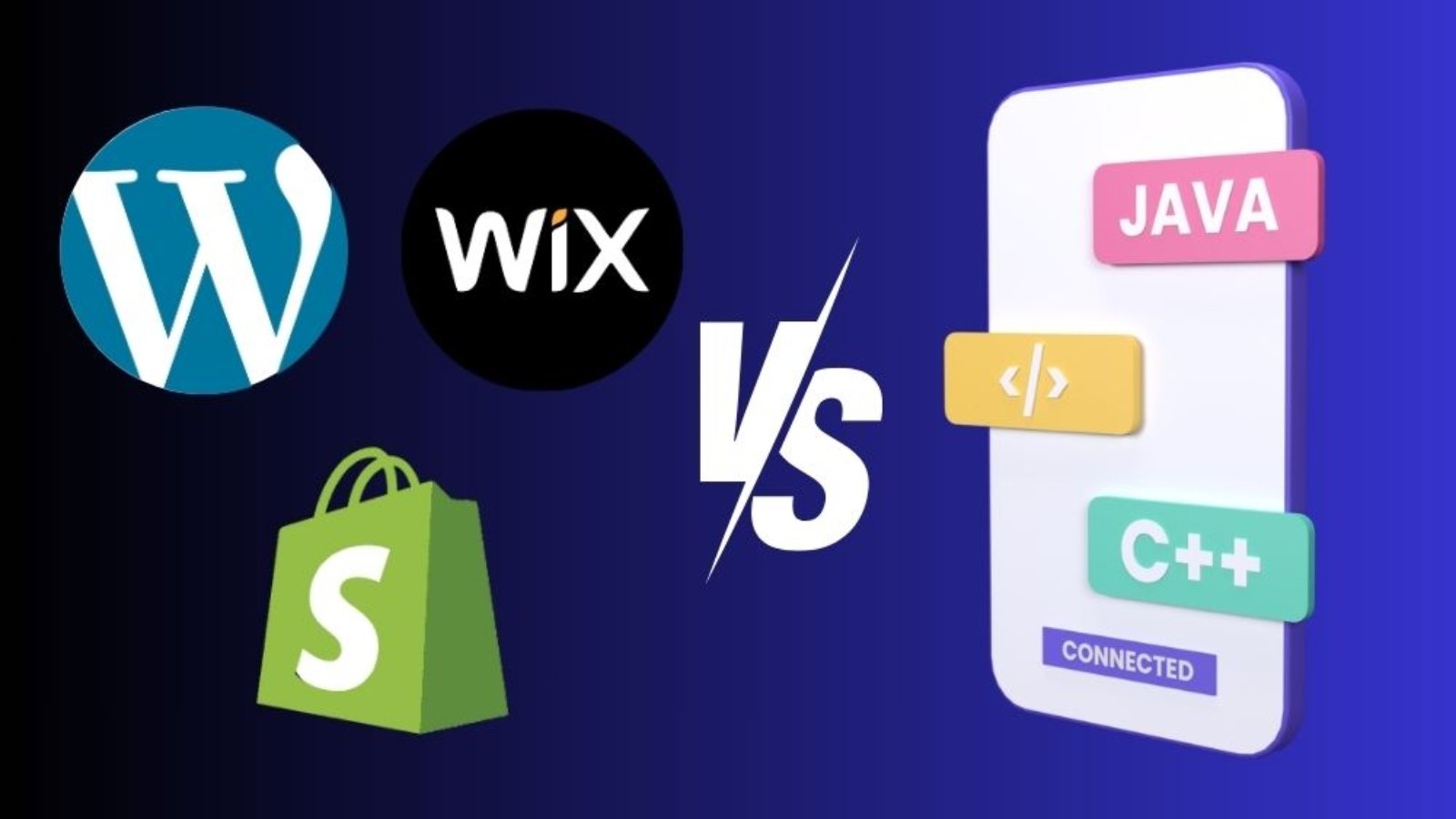In current digital marketing, companies cannot expect to develop a web presence based solely on traditional SEO. The digital landscape is changing, search engines are getting smarter and more localized, and they are constantly adjusting to user intent. This is the operational intersection of SEO, Local Search, and AEO (Answer Engine Optimization). With all three methodologies combined, companies will achieve greater visibility, better traffic quality, and ultimately better conversions.
Regardless of whether you are a small business owner, a digital marketer, or a content strategist, understanding how SEO, Local Search and AEO work in a collaborative way will give you the competitive edge in today’s digital environment.
What SEO, Local Search, and AEO Are
Before discussing integration approaches, it is important to clarify what these terms mean in addition to how they work:
SEO (Search Engine Optimization): This is about adjusting your website to rank more favourably on search engines (like Google). This involves keyword research, optimizing your content, link building, technical SEO, and bettering your user experience. The primary purpose of SEO is to generate organic traffic from the search engines and to do so by satisfying the user in their search. The best way to satisfy a user is to provide the most relevant content possible in response to a search query.
Local Search: Local search is a “subset” of SEO. Local search is when you prepare your online presence to be optimized for searches driven by location. Local search is important for businesses with a brick-and-mortar presence, and also for businesses that are trying to provide services to a geo-target market. Local SEO examples can include, optimizing your Google Business Profiles, local citations, reviews, and geo-seasonal content.
AEO (Answer Engine Optimization): AEO goes beyond your normal SEO goals, and is focused on creating content to answer question-based searches in direct, concise, and relevant responses. Since the introduction of voice search, AI assistants (like Siri or Google Assistant), and Google’s featured snippets, AEO is much more important to optimize for than SEO generally promoting your work via search engines. AEO will be the process of ensuring your content is discoverable by the current search technologies, prioritizing content-driven keyword-based searches using queried precision and specificity as context.
When these three strategies organically work together, they create a symbiotic digital strategy that brings in traffic and engagement.
Why Integration Is More Important Than Ever
Search engines have transformed from just scanning for keywords to a deeper understanding of intent (searcher), context (query), and location. A site may rank well in a general sense nationwide for some broad keywords, but from a local perspective—especially for “near me” searches—if it doesn’t appear in the local searches, or provide a layered response from snippets or in a voice search, then you risk losing a significant portion of your audience.
1. Enhanced Exposure Throughout Various Search Avenues
When SEO, Local Search, and AEO are converged into a single model, businesses receive enhanced coverage throughout search avenues. This multi-channel coverage helps to increase exposure and awareness of your brand regardless of where users are searching.
2. Improved Targeting of User Intent
Search engines are increasingly assessing queries based on the intent of the user, as opposed to simply keyword search. By factoring AEO into a yourSEO and local search coverage, your content can align closely with the things users actually want to find (which might be informational, transactional, or locally based). That alignment creates a more effective, engaging, relevant audience.
3. Improved Local Engagement
For business models that have a physical presence in the market, being present in local search results is critical. Using Local Search in tandem with AEO and SEO allows your business to connect effectively with customers in and around your location, while also providing direct, clear answers to their search queries, improving your trust and engagement of affiliate.
4. Keeping the Mindset Ahead of an Increasingly AI Driven Search
As search assistants backed by AI become more common, the behaviour of searchers is slowly shifting to more structured, answer focused search. When SEO, Local Search and AEO combine into an improvement model the modern search by being structured with the methodology 1–3 sets your digital strategy that is future ready.
Real-Life Use Cases
E-Commerce Businesses
E-commerce businesses often face extensive competition when vying for visibility. SEO gives businesses the ability to use relevant keywords to optimize ecommerce stores’ product pages. Local Search will identify nearby customers who are yearning for fast delivery or in-store purchases search. AEO can show rich answers from product FAQs, “how-to” guides, or size charts as rich snippets, which decreases the friction in the buyer journey.
Service Businesses
Businesses that provide a service such as carpet cleaners, plumbers, electricians, and gyms rely even more on proximity-based searches to deliver customers. Proper Local Search optimization allows them to rank in Google Maps, while proper SEO procedure can cultivate optimized, competitive keyword content on the business’s website. It is true that AEO can answer questions like, “How fast can I get an emergency plumber in Chicago?” to help credibility and help conversions.
Content or Information Portals
Websites that ‘advise’ and serve as news or tutorial portals are an area that can be enhanced with AEO rich snippets. If you can create content that will be optimized and answered to content, while also integrating geo-specific questions and answers if it’s relevant, it can be a way for content portals to drive delivery, correspondingly, unless they have visitors, to read longer, and gain authority.
Benefits of Integrating SEO, Local Search, and AEO
Here’s a closer insight into the reasons why this integration method deserves your investment:
More Organic Traffic: By targeting more types of queries, a website is bound to naturally cater to a broad and engaged audience.
Higher Conversion Rate: When users are able to find exactly what they want, especially in queries anywhere location-based or answer-driven, they tend to act upon it.
Higher Brand Authority: The brand grows trust and credibility by being visible in multiple formats, such as map listings, snippets, and traditional search listings.
Future-Proof Strategy: With AI and voice becoming the modus operandi, AEO ensures that your content is still relevant and discoverable.
Cheaper Promos: Unlike paid campaigns, this integrated approach will generate sustainable traffic without ongoing investments.
How to Implement This Integration
SEO combined with local search and AEO might seem complex at first, but if this is broken down into steps that can be acted upon, then it seems a lot more manageable:
Audit Your Current SEO and Local Presence: Use SEMrush, Ahrefs, or Google Search Console to check the current rankings, traffic, and local citations.
Keyword Research With Intent in Mind: Target keywords that correspond to informational, transactional, and local intent. Include those long-tail and question-type queries for AEO relevance.
Optimize On-Page Content: Each page should answer specific questions, provide local context, and meet target keywords. Structured data like FAQs, reviews, and event schema augments AEO relevance and local presence.
Strengthen Local Profiles: Keep profiles in Google Business Profile, Yelp, Bing Places, and others updated with correct contact information, business hours, and local keywords.
Create Answer-Focused Content: Write blogs, guides, and FAQs that respond to frequently asked questions. Format the content using headings, bullet points, and tables to increase snippet probability.
Monitor And Iterate: Keep track of performance, local rankings, and snippet appearances on a regular basis and tweak content and optimization strategies based on what drives engages.
Wrapping Up
In a digital landscape that prioritizes relevance, context, and location, traditional SEO is insufficient in and of itself. By utilizing a tractor beams of SEO, Local Search, and AEO harmoniously, your business will have greater discoveries across sites, better answers to user queries, and you’ll attract highly targeted traffic.
For digital marketers, small business owners, and content creators, this is not an opportunity, it’s a necessity. By combining these three powerful strategies, you not only achieve increasing search visibility, you also augment the user experience, build trust, and put yourself in a position for long-term digital success.
Whether you want to dominate the local market for a service, capture voice search traffic, or provide instant answers to your audience, using SEO, Local Search, and AEO will help you obtain measurable results and drastically change your selling proposition for the better.
Interesting Reads
AI and ML in Financial Software: Smarter Fraud Detection and Risk Management






